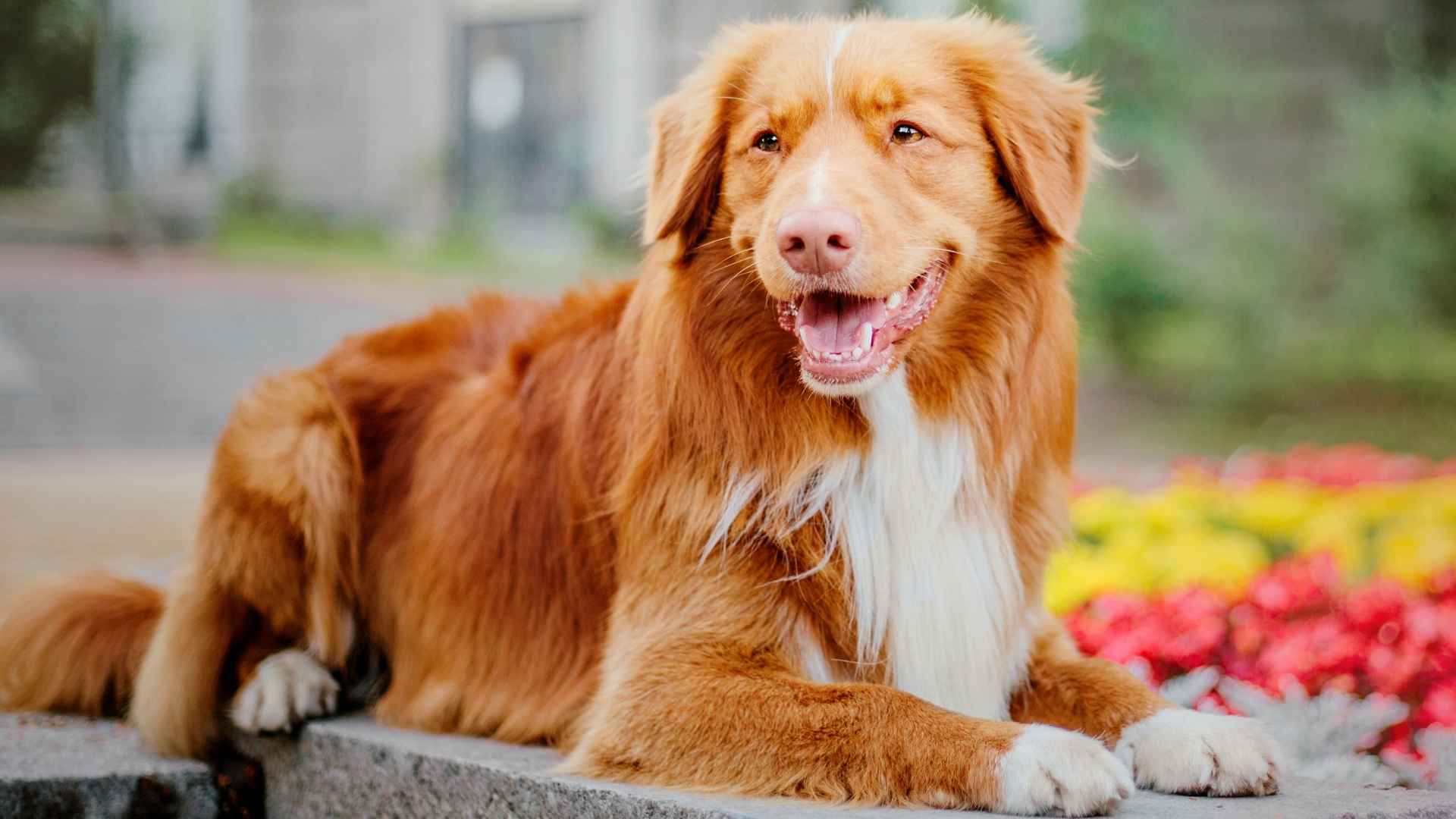Many dog owners never realize their pup has webbed feet—until it leaps into a lake or digs through wet mud with surprising speed. While most associate webbed paws with ducks or amphibians, several rare dog breeds have them too.
In fact, webbing isn’t just for swimming. It helps dogs move across marshes, snow, and even sand. Evolution favored it in working breeds built for water rescues, rugged terrain, and unique hunting conditions.
But not all webbed-pawed dogs are common. Some are so rare, they’re hardly seen outside their regions of origin. Whether shaped by mountain rivers or tropical coastlines, these breeds carry hidden skills in their feet.
In this article, we’ll introduce you to exotic dog breeds that are born with natural flippers, each one adapted to a world most dogs never step into. If you’re drawn to the unusual and purposeful, these breeds deserve your attention.
Exotic Dog Breeds With Unique Webbed Paws
1. Otterhound
This breed is large, rugged, and built for endurance in water-heavy terrains with dense reeds and strong currents. Its long limbs and muscular shoulders help it paddle through resistance for extended periods. Combined with a deep chest and strong lungs, it performs consistently even in rough aquatic conditions.
Naturally Equipped Swimmer
The Otterhound has thick, oily fur that repels water and helps regulate body temperature during long swims, as Purina describes. Its webbed feet contribute to a powerful stroke, making it more efficient in both speed and stamina. These traits allow it to move through wetlands with minimal effort.
Hunting Focus and Stamina
It was originally bred to track and catch otters by scent, often following trails through rivers, swamps, and dense underbrush. This required a sharp nose, silent movement, and persistence through hours of work. The webbed paws reduced noise and increased control on slick or uneven ground.
Independence and Drive
Otterhounds work with minimal commands, using instinct to follow aquatic scent trails across large distances. Their focus remains strong even in unfamiliar terrain with multiple scent distractions. This makes them capable of self-guided tasks across waterlogged landscapes without losing direction.
2. Lagotto Romagnolo
This breed’s compact frame and muscular build make it comfortable on uneven, marshy ground. Its thick, waterproof curls offer both warmth and insulation during long exposure. These qualities suit it well for swampy tasks and natural water retrieval work.
Natural Swimming Ability
Unlike most dogs that need training to feel confident in water, Lagottos show comfort early due to their design. They are one of the few dogs with webbed feet that aid their movement across lakes, marshes, and shallow streams. Their body moves low in the water with minimal effort.
Task-Driven Behavior
Lagottos maintain high concentration for scent-based searches that often lead them into muddy or flooded environments. Their energy and endurance make them good companions for terrain that challenges footing. These dogs rely on self-motivation to complete independent tasks.
Responsiveness in Dense Terrain
Because of their strong sensory awareness and quick reactions, this breed is suited for unpredictable, brush-heavy zones. Certain breeds struggle to adjust in flooded fields, but Lagottos excel in adapting their movement. Their size also allows for easy maneuvering in thickets and soft banks.
3. Thai Ridgeback
Thai Ridgebacks are known for their strong paws, which often have partial webbing between the toes. While it’s not as pronounced as in dogs with webbed feet bred for swimming, it supports better traction on slick or loose surfaces. This helps when navigating muddy, humid, or coastal environments.
Natural Terrain Navigation
This breed has a long history of surviving in rural Thai landscapes with thick brush, uneven roads, and shallow water zones. Its paw structure and lean muscle coordination allow quiet, balanced steps on both wet and dry surfaces. These features help avoid injury when speed or agility is required.
Muscle Control and Flexibility
Unlike most dogs, Thai Ridgebacks have a flexible spine and naturally arched neck, as highlighted in the UKC. Their strong limbs allow them to leap across gaps and shift direction quickly during movement. These traits give them an edge when covering ground at speed.
Independence and Alertness
They’re territorial and attentive to changes in their surroundings, making them naturally responsive to movement. Thai Ridgebacks don’t need frequent cues to act when they detect an unfamiliar sound or motion. That independence supports their use in roles that demand self-reliant awareness.
4. Nova Scotia Duck Tolling Retriever
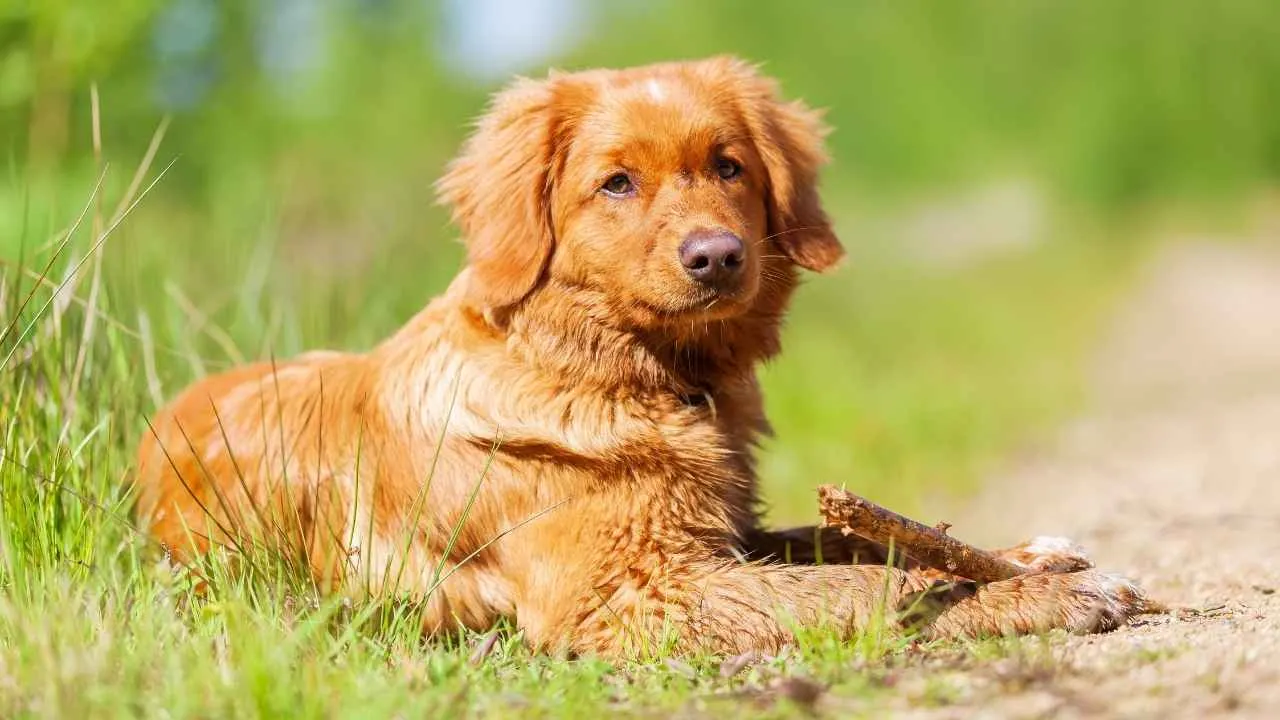
This breed thrives in cold, marshy conditions where water access is frequent and retrieval is constant. Its compact size, webbed toes, and agile movement make it highly effective in shallow lakes and dense wetland edges. The dog’s speed in water supports accurate and quick game recovery.
Functional Features for Water Work
As a web-footed hunting dog, its paws help generate a strong push force with minimal splashing. Combined with a waterproof coat, the dog maintains warmth and buoyancy throughout long tasks. These features reduce fatigue and help it work efficiently across varying surfaces.
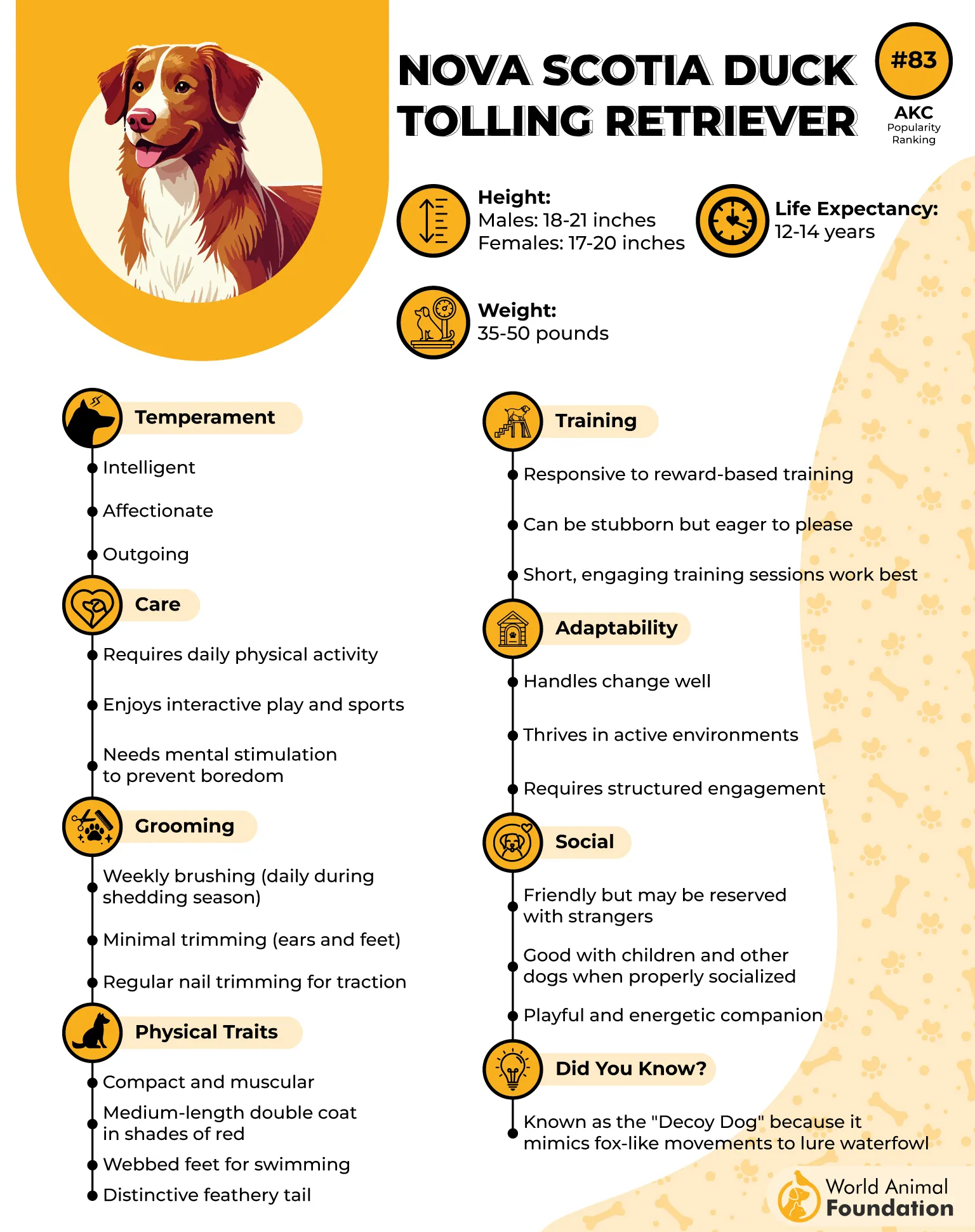
Sharp Focus and Trainability
These dogs are known for their keen memory and high work ethic in complex retrieving patterns. They adapt quickly when routines shift or when the game changes location mid-hunt. Consistent mental stimulation is necessary to keep their skills sharp and prevent loss of engagement.

High-Energy Working Style
Tollers are naturally alert and driven, often performing better when tasks involve both physical effort and scent-based guidance. Their compact bodies allow tight turns and quick re-entry when thrown dummies land at angles. This combination of precision and speed supports multi-retrieve setups.
5. Curly-Coated Retriever
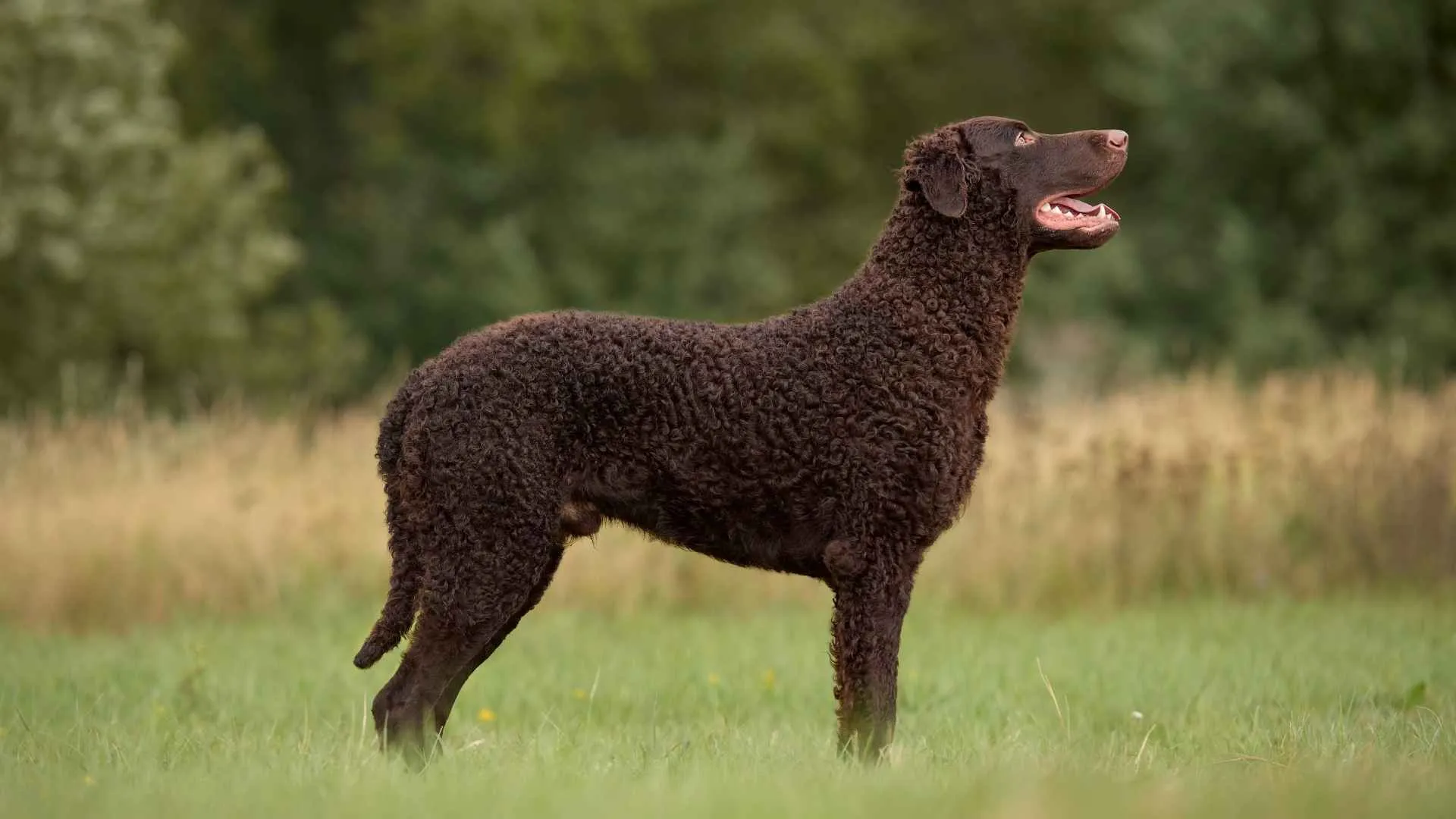
Curly-Coated Retrievers are strong swimmers with long legs and balanced bodies that stay efficient in lakes and wetlands. Their movements remain smooth even in deeper currents, with minimal energy loss. This makes them a preferred choice in sport or utility water retrievers.
Functional Coat Adaptation
The breed features a dense, tightly curled waterproof coat that keeps the body insulated after repeated water entry. It resists debris and dries faster than a flat double coat, improving comfort during long hours outdoors. These curls serve both a function and protection.
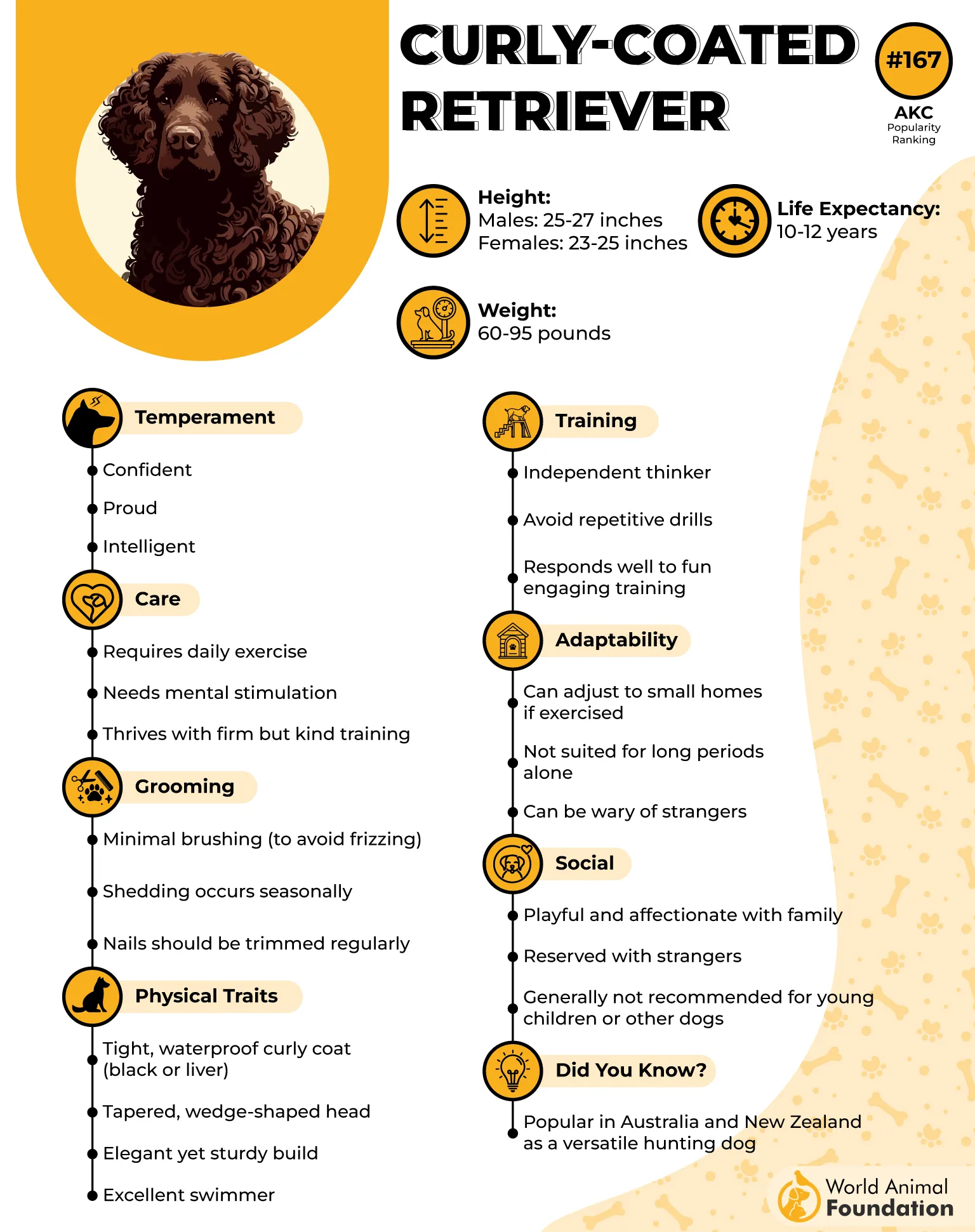
Specialized Work Traits
Originally developed in the 19th century in England, this hunting dog was prized for working through rivers and marshes. Its feet help maintain balance and speed on muddy banks and underwater slopes. The structure enhances traction while reducing slip during retrieval.
Intelligence and Engagement
This breed benefits from regular physical exercise paired with mental stimulation that matches its task-driven nature, as stated in Showsight Magazine. It has a persistent focus on assigned work and learns quickly through challenge-based activities. Repetitive routines may dull its natural responsiveness.
6. Barbet
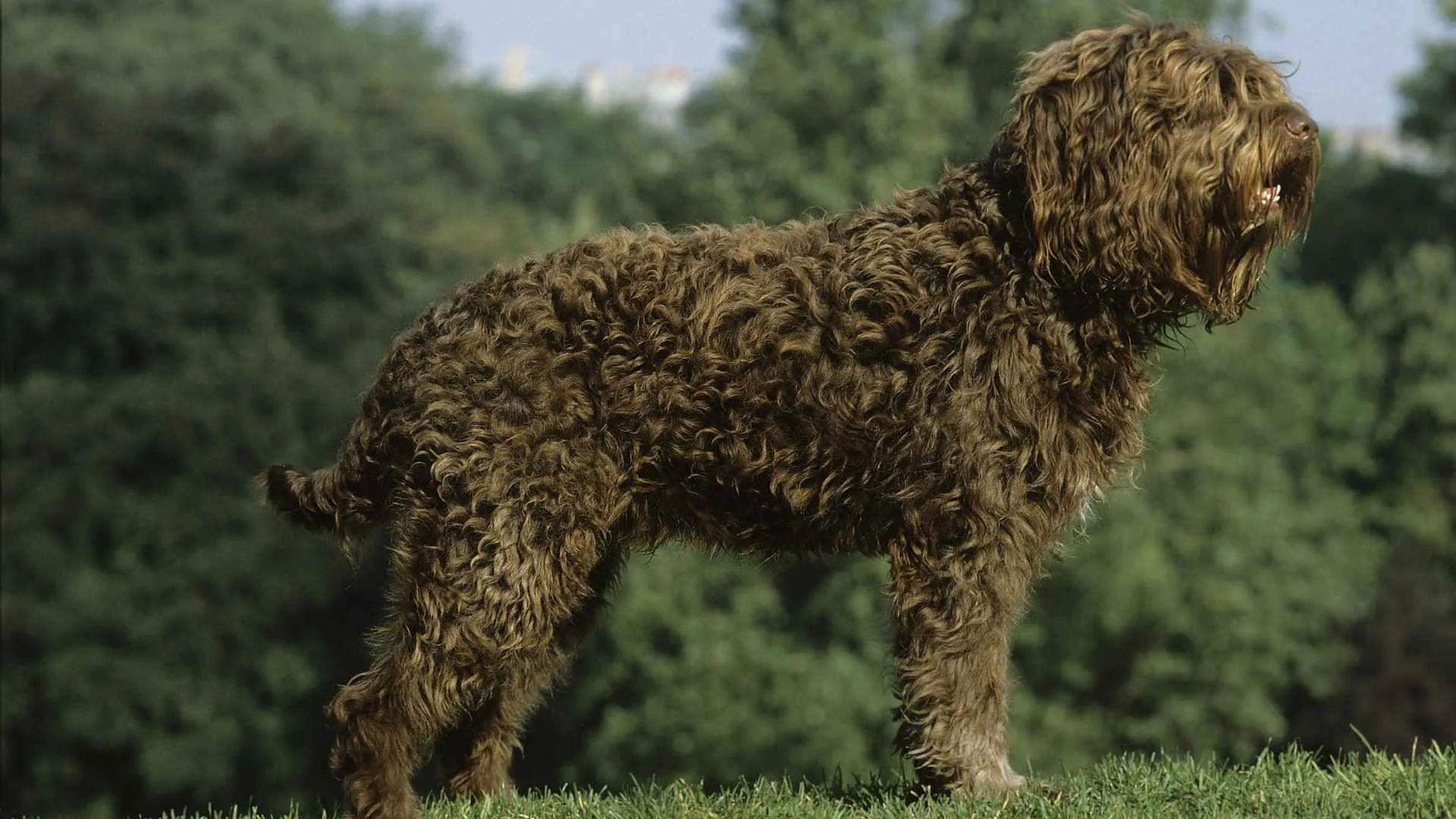
The Barbet was developed to work in marshes and along lakes, making it well-adapted to wet climates. Its thick, curly coat helps insulate the body during cold-water retrieval. This coat also protects against brambles and brush when moving through dense areas.
Specialized Feet for Water
Barbets are great swimmers due to their strong build and webbed feet, which help them paddle with control and speed. These physical traits allow them to maneuver through choppy or muddy waters. Their grip also provides traction when climbing back onto wet banks.
Balance of Work and Focus
Although known for their cheerful personality, Barbets require regular mental exercise to stay focused and manage in working roles. Their intelligence shows through pattern recognition during retrieval and tracking. Structure and stimulation keep them alert in task-based routines.
Temperament and Social Role
Barbets are affectionate and reliable, often described as great companions in both urban homes and outdoor settings. They adjust quickly to new routines while maintaining a steady temperament. Compared to some other breeds, they form deep bonds with consistent training and interaction.
7. Stabyhoun

The Stabyhoun is known as a powerful swimmer and steady pacer in lakes and shallow rivers. Its body stays balanced in movement, aided by its broad paws that support traction. This keeps the breed stable even in muddy or shifting waterbeds.
Multi-Purpose Working Drive
Traditionally used for both hunting and retrieving, the Stabyhoun handles transitions between land and water with ease. It stays calm in colder water, often completing fetches without pause. The webbed feet provide smooth propulsion across long stretches.
Controlled and Quiet Approach
This breed moves with natural quietness while working in wet environments, avoiding splashes or sudden noise. That behavior helped it stay undetected during bird retrievals in marshlands. Its foot structure allows for softer contact with wet or soft ground.
Focused Scent Tracking
Stabyhouns have excellent noses and can follow scent trails both on dry land and on water surfaces, as per the AKC. Their ability to track waterfowl across mixed terrain was essential to their role. That versatility is still appreciated in sporting homes and active rural settings.
Conclusion
Not every dog is built to move through water as if it were dry land. But the breeds above prove that function can shape form in remarkable ways. From the ability to hunt otters to the drive to retrieve game, these dogs have webbed feet for reasons rooted in real work.
They’re not showy, but they’re skilled, designed for quiet tasks and serious terrain. While they’re not among the most popular dog breeds, their value lies in purpose, not trend.
Whether you’re drawn to a true duck dog or simply curious about how a water dog adapts to its environment, these breeds offer something different. And often, that difference is in the feet.


